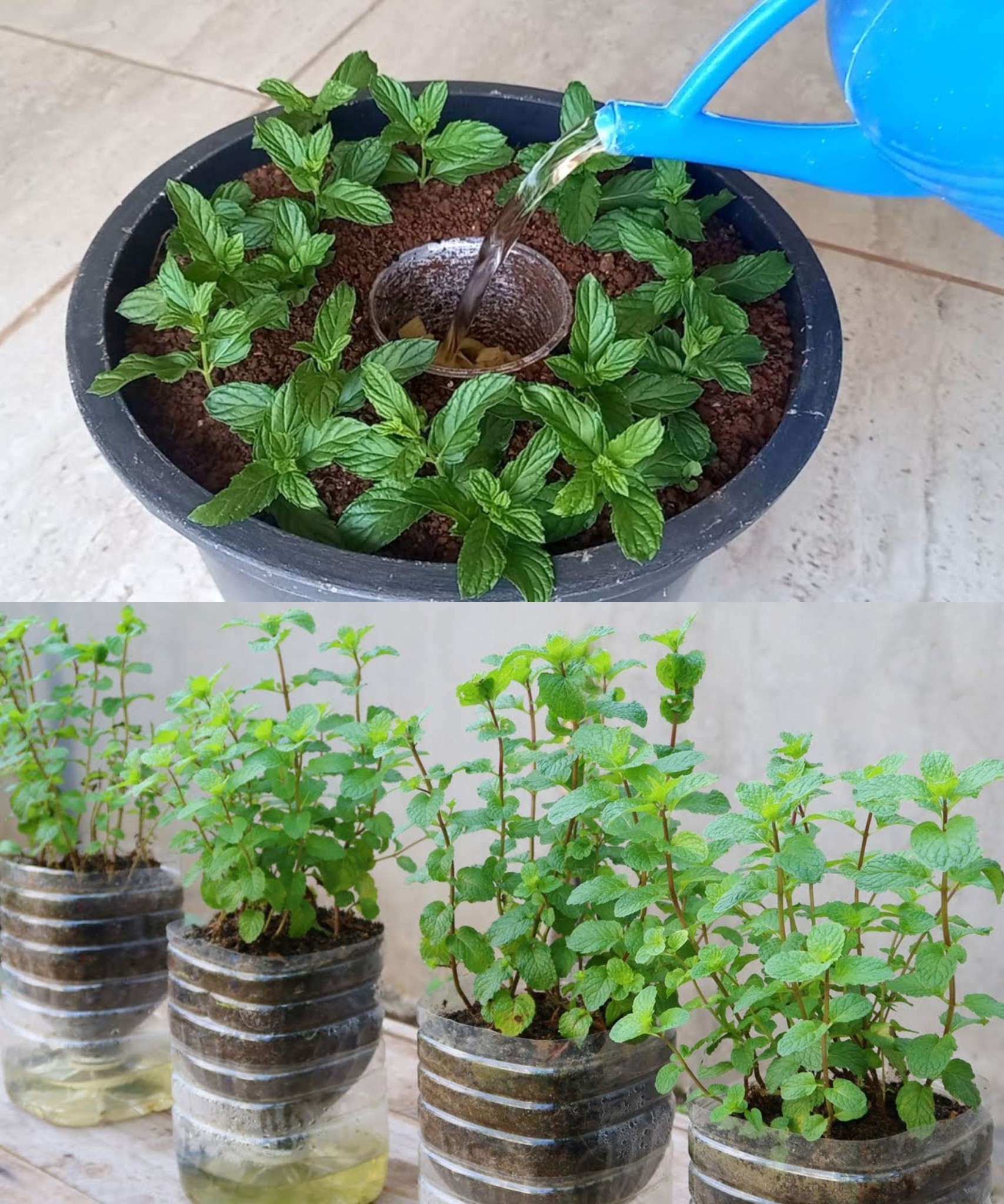
Growing mint at home can be a rewarding experience, offering you fresh and flavorful leaves right in your own garden. Here’s your ultimate guide to successfully cultivating mint:
1. Choose the Right Location:
- Mint thrives in well-drained soil and partial to full sunlight. Choose a location in your garden that receives at least 4-6 hours of sunlight per day.
- Mint is a vigorous grower and can spread quickly, so consider planting it in a container or in an area where it can be contained, such as a raised bed or along a border.
2. Selecting Mint Varieties:
- There are many varieties of mint available, including spearmint, peppermint, chocolate mint, and more. Choose the variety that best suits your taste preferences and intended culinary uses.
3. Planting Mint:
- Mint can be grown from seeds, cuttings, or transplants. If planting from seeds, sow them directly into the soil in spring after the last frost date.
- If using cuttings or transplants, plant them in well-amended soil with good drainage. Space the plants about 12-18 inches apart to allow for their spreading growth habit.
4. Soil Preparation:
- Prepare the soil by adding organic matter such as compost to improve fertility and drainage. Mint prefers slightly acidic to neutral soil with a pH between 6.0 and 7.0.
5. Watering:
- Keep the soil consistently moist but not waterlogged, especially during hot weather. Water deeply whenever the top inch of soil feels dry to the touch.
6. Mulching:
- Mulching around mint plants can help retain moisture in the soil, suppress weed growth, and regulate soil temperature. Apply a layer of organic mulch such as straw or shredded leaves around the plants, leaving space around the stems to prevent rot.
7. Fertilizing:
- Mint is a relatively low-maintenance plant and usually doesn’t require heavy fertilization. However, you can apply a balanced fertilizer once or twice during the growing season to promote healthy growth.
8. Pruning and Maintenance:
- Regularly prune mint plants to encourage bushy growth and prevent them from becoming leggy. Pinch off the tips of the stems to promote branching and harvest leaves as needed.
- Keep an eye out for any signs of pests or diseases, such as aphids or powdery mildew, and address them promptly to prevent damage to the plants.
9. Harvesting Mint:
- Harvest mint leaves as needed throughout the growing season, starting once the plants have become established. Snip off individual leaves or cut entire stems just above a set of leaves.
- Harvesting mint frequently encourages new growth and helps keep the plants healthy and vigorous.
10. Overwintering:
- In colder climates, mint may die back during the winter months. Mulch heavily around the base of the plants to help insulate the roots, or consider bringing potted mint plants indoors to overwinter.
By following these tips, you can enjoy a bountiful harvest of fresh and flavorful mint right in your own garden, perfect for adding a burst of freshness to your culinary creations, teas, cocktails, and more.
